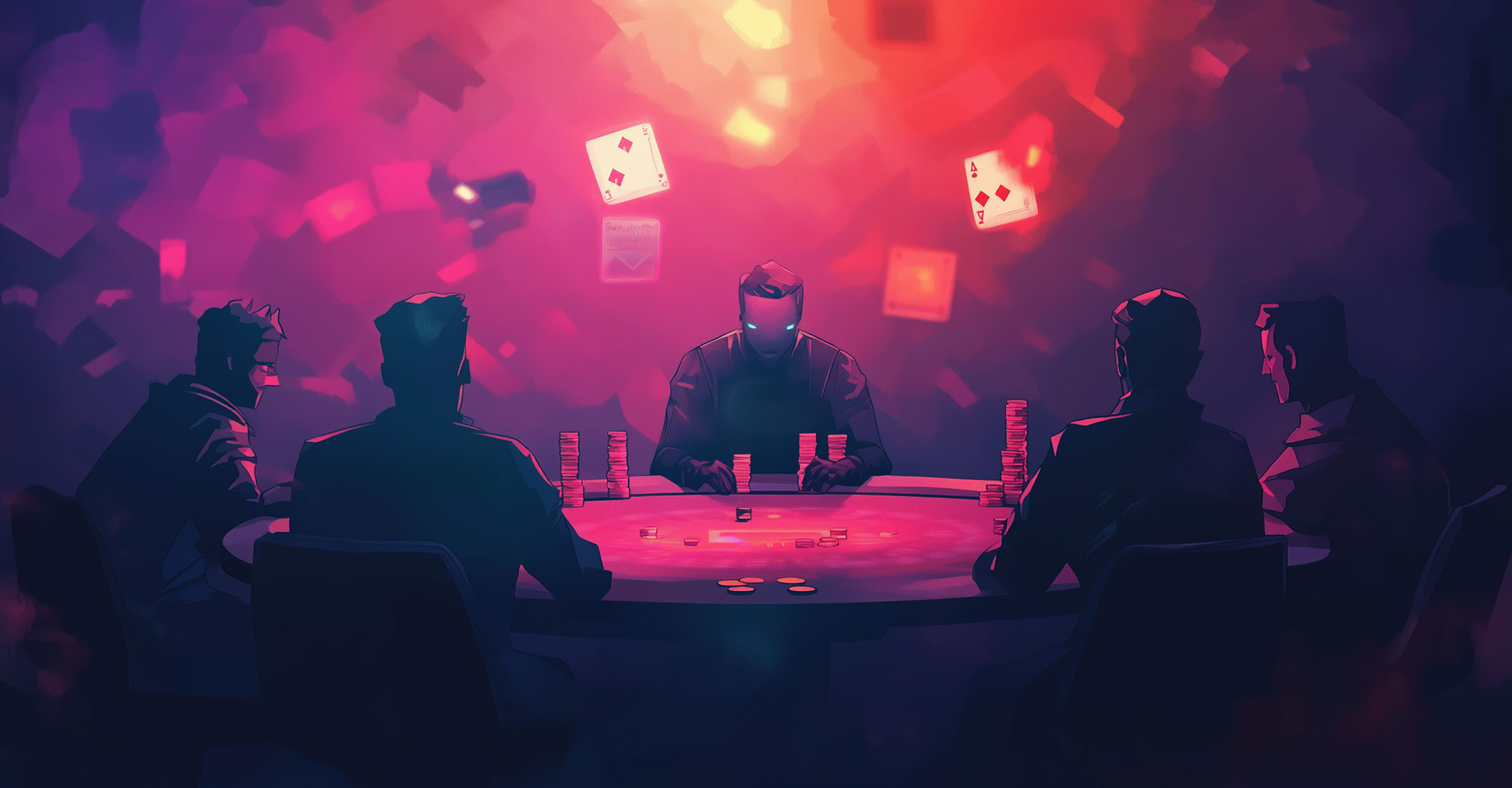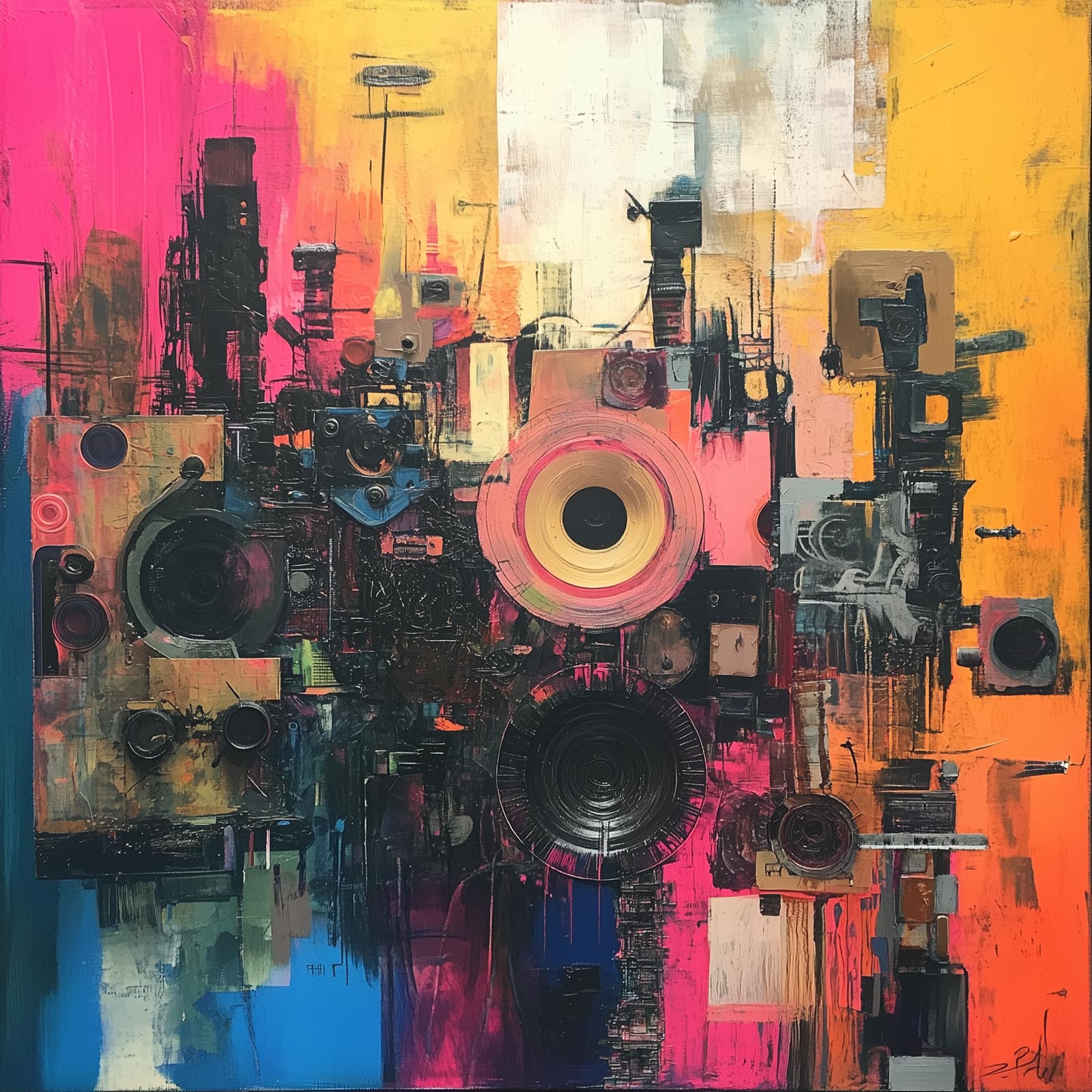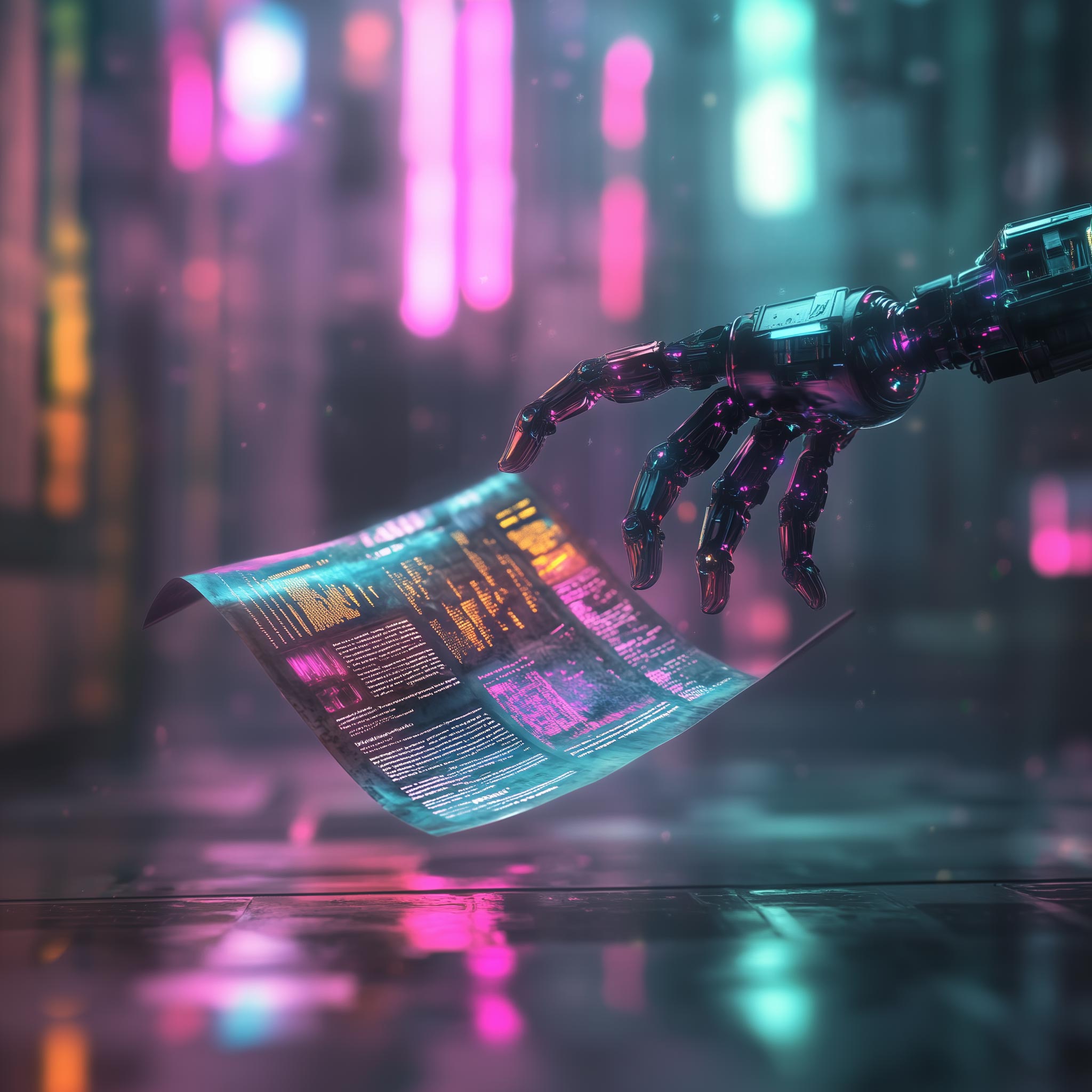Introduction: The Billion-Dollar Brawl
In 2025, the generative AI landscape isn’t just heating up—it’s ablaze. Picture a high-stakes poker table where the tech titans—Google, OpenAI, Meta, and Anthropic—are playing with billion-dollar chips. Gone are the days of marveling at poetic AI; we’re now witnessing strategic warfare at scale. Each player is betting on a different strength: Google is weaving AI into everything, OpenAI is banking on brand loyalty, Meta is open-sourcing chaos, and Anthropic is quietly dominating the boardroom.
Market Fragmentation: The Three Arenas
The market is no longer a one-size-fits-all affair. It has split into three fierce battlegrounds: consumer tools, enterprise-grade solutions, and developer ecosystems. Each contender is aggressively shaping its approach. Google’s Gemini models are seamlessly embedded across its ecosystem, from Android to Workspace, making AI nearly invisible but ever-present. OpenAI’s ChatGPT still captures public imagination, but competitors are narrowing the gap with smart pricing and innovation.
Meta, ever the disruptor, is weaponising its Llama models by making them open source and integrating them across Facebook, Instagram, and WhatsApp. It’s a strategy of scale, not secrecy. Meanwhile, Anthropic is laser-focused on the enterprise sector, using its Claude models to offer high-assurance AI where reliability is non-negotiable.
Intelligence Isn’t Enough Anymore
All major players now boast top-tier models. The real competition lies in efficiency, integration, developer experience, and safety. It’s no longer about who has the most powerful AI—it’s about who can deploy it most effectively.
With breathtaking investments and agentic AI breakthroughs (think digital interns that do more than book meetings), the race is now about execution. While headlines gush over video-generating AIs, the real battlefield is in productivity tools, code assistants, and behind-the-scenes optimisation.
Google: Integration is King
Google leads with its Gemini range. Gemini 2.5 Pro can process a whole codebase or novel in one go, thanks to its massive 1-million-token context window. Gemini Flash offers speed; Nano runs on-device, bringing AI to your fingertips—fast, private, and efficient. Google’s strength lies not in standalone apps, but in making AI quietly indispensable across everyday tools.
Meta: The Open-Source Insurgent
Meta is rewriting the rules. By releasing its Llama models to the world, it’s created a community-driven development surge. This isn’t just about altruism—it’s strategy. More developers, more applications, more dominance. And with billions already using its platforms, Meta is seamlessly embedding AI into users’ digital lives.
Anthropic: The Enterprise Powerhouse
Anthropic is playing the long game. Its Claude 4 Opus model excels in complex domains like software development and compliance-heavy industries. It’s not cheap, but it is dependable—an essential trait for companies where mistakes cost millions. By targeting high-value niches and emphasizing safety, Anthropic has carved out a valuable, defensible position.
OpenAI: The Brand to Beat
OpenAI, the crowd favourite, still enjoys mindshare dominance. ChatGPT is a household name. Add creative tools like Sora and DALL-E, and you’ve got a multimedia powerhouse. But the field is catching up fast. Google’s developer tools are a direct threat, and Meta’s free offerings are irresistible to cost-sensitive markets. OpenAI now has to fight harder to keep its lead.
From Swiss Army Knives to Specialised Scalpels
The trend is clear: generalist AI is giving way to specialised solutions. Businesses want tools tailored to specific needs. Developers crave deeper control. Consumers just want it to work—fast and smart. This fragmentation of the AI market is fuelling innovation but making the playing field more complex.
Strategic Takeaways: Where to Place Your Bets
The AI landscape is volatile, but opportunities abound:
- Businesses: Avoid single-provider dependence. Build a modular, multi-vendor strategy.
- Investors: Look past demo reels. Focus on strategy, infrastructure, and user retention.
- Competitors: Find your niche. Competing with the giants head-on is futile. Disruption or specialisation is your best shot.
Final Word: The Gambit is On
The AI supremacy gambit isn’t slowing down. If anything, we’re just past the opening moves. The middle game is where things get interesting—and the endgame? That’s still anyone’s to play. The one thing I would say is I wouldnt be to quick to bet agains Alphabet afterall the have $2 Trillion to play with!



